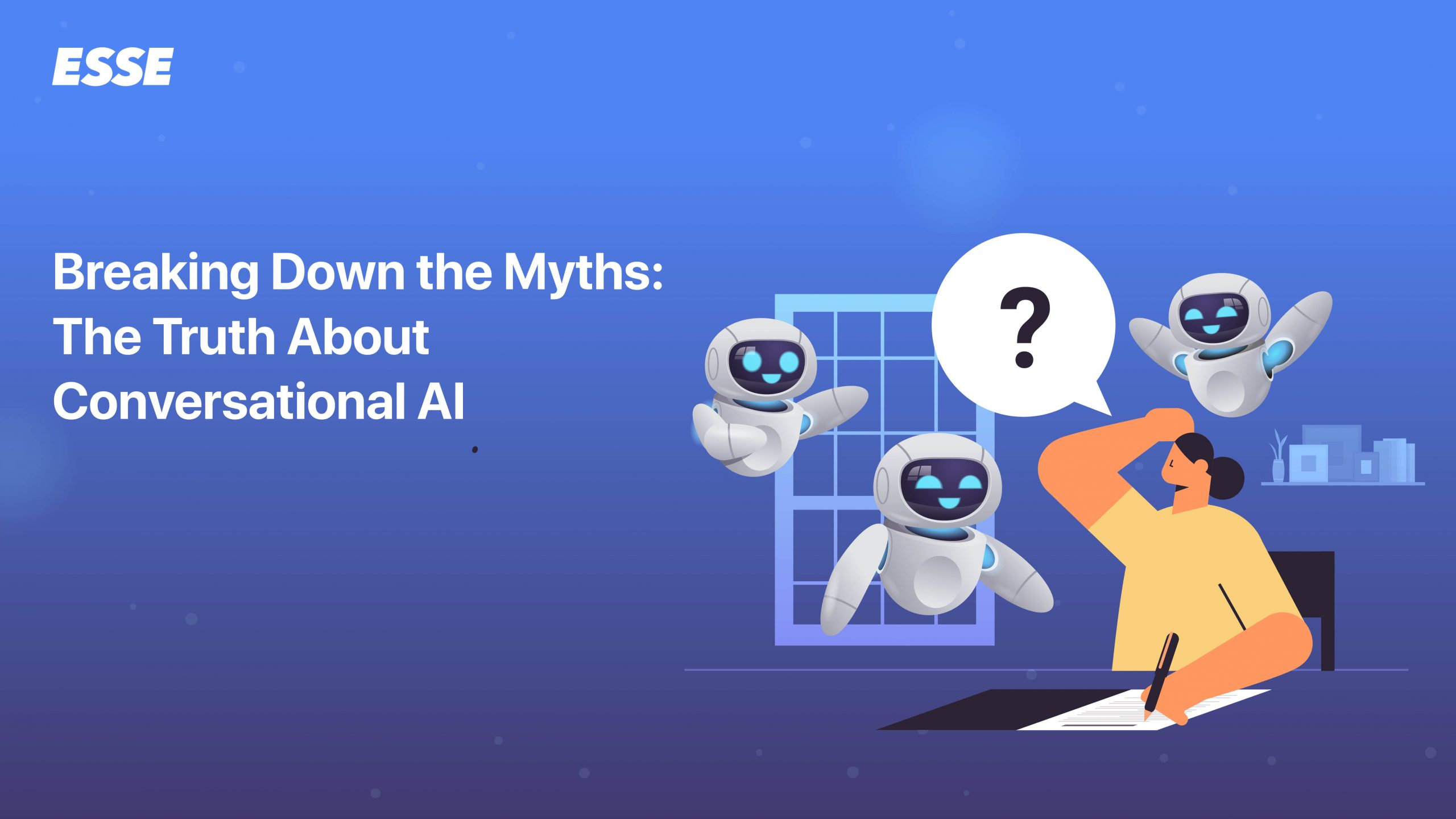Conversational AI is a powerful tool for businesses looking to improve customer interactions. However, there are several common misconceptions about conversational AI that can hinder its adoption and success.
One common myth is that conversational AI is only for large businesses. While it’s true that early conversational AI solutions were expensive and complex, advancements in technology have made them more affordable and accessible to businesses of all sizes. Today, conversational AI is used by companies ranging from small startups to large enterprises.
Another common misconception is that conversational AI will replace human employees. In reality, conversational AI is designed to augment human employees, not replace them. By handling routine and repetitive tasks, conversational AI frees up employees to focus on more complex and valuable tasks that require a human touch. This allows businesses to improve efficiency and productivity while still maintaining a high level of customer service.
A third myth about conversational AI is that it can understand everything. While conversational AI has made significant advances in understanding natural language, it still has limitations. It can struggle with regional dialects, complex sentences, and sarcasm. Businesses should be aware of these limitations when designing their conversational AI solutions to ensure that customers receive accurate and helpful responses.
Another misconception is that conversational AI is impersonal. In reality, conversational AI can be personalized to meet the specific needs and preferences of each customer. By using data and analytics, conversational AI can tailor its responses and actions to provide a personalized experience that feels natural and human-like.
Finally, some businesses may believe that conversational AI is a one-time investment. However, the reality is that conversational AI requires ongoing maintenance and updates to remain effective and relevant. As technology and customer preferences evolve, conversational AI must be adapted to keep pace. This requires a commitment to ongoing development and investment in the technology.
In conclusion, conversational AI has the potential to revolutionize customer interactions, but it’s important to separate fact from fiction. By understanding the realities of conversational AI, businesses can make informed decisions about its implementation and use. With careful planning and execution, conversational AI can help businesses improve customer service, increase efficiency, and drive growth.


Leave a Reply